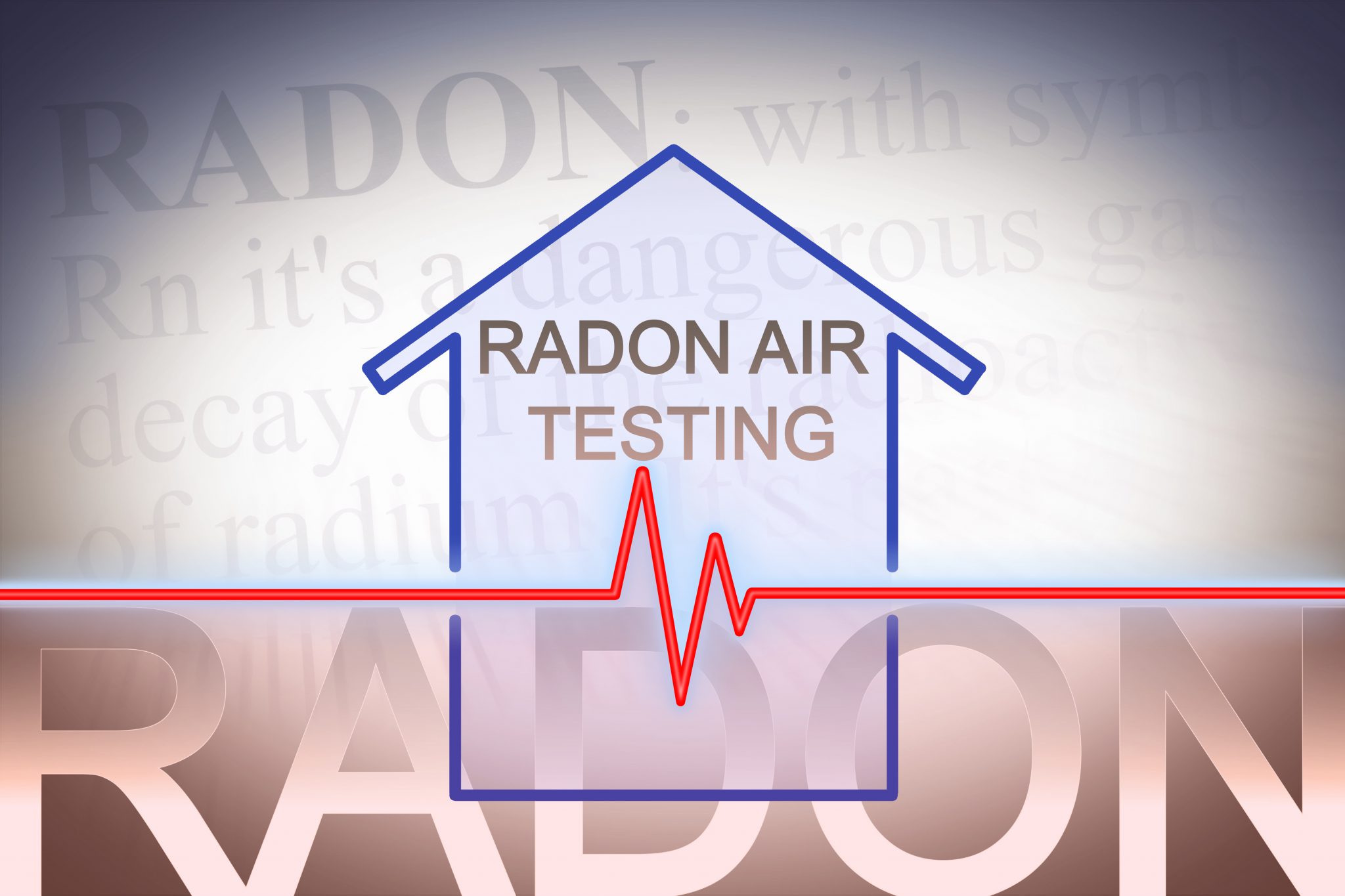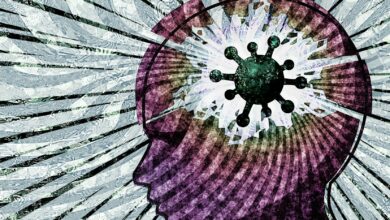A
A
A
Radon is a naturally occurring radioactive gas. It is a by-product of the breakdown of uranium naturally present in rocks and soil. Radon gas is odorless, colorless and tasteless. Small amounts of radon are often present in outdoor air, but the levels are very low and typically not harmful. The vast majority of radon exposure occurs indoors. Radon gas leaches from the soil into buildings through small gaps and cracks in the structure’s foundation. Radon levels tend to be highest in areas like basements and cellars, particularly if the area is poorly ventilated. Radon may also be present in drinking water, especially for those whose water supply comes from a groundwater source such as a well.
Young children may be particularly vulnerable to radon exposure, due in part to the fact that their immune systems are not yet fully developed. Children are also more likely to spend the majority of their time at home or in school, where the risk of exposure may be more pronounced.
Read More »
Long-term exposure to radon gas can have a number of significant health effects. One of the most dangerous aspects of radon exposure is the fact that it does not produce any immediate symptoms. The symptoms of radon poisoning tend to be gradual and can be difficult to detect, especially in the early stages of exposure.
When radon gas is inhaled, the radioactive particles enter the lining of the lungs. Over time, these particles give off radiation and can cause significant damage to the cells of the lungs. As with many respiratory diseases, prolonged radon exposure may result in difficulty breathing, shortness of breath and a persistent or worsening cough. Prolonged radon exposure may also cause difficulty swallowing, chest pain and tightness, hoarseness when speaking and a painful, bloody cough. The cellular damage to the lungs may also make an individual more susceptible to developing lung infections and other complications.
The most troubling potential health effect of radon exposure is cancer. Long-term exposure to radon has been definitively linked to the development of lung cancer. There have been several studies that suggest a potential connection between radon exposure and other types of cancer such as childhood leukemia. The evidence for this connection has been mixed, however, and it is unknown how strongly – if at all – the two are linked.
Radon exposure is the second leading cause of lung cancer in the United States, after cigarette smoking. Each year, there are an estimated 20,000 radon related lung cancer deaths. Numerous agencies have identified radon as a cancer causing agent. The Environmental Protection Agency, World Health Organization and the American Cancer Society all recognize radon as a human carcinogen. The risk for radon related lung cancer is significantly higher for individuals who smoke cigarettes.






